NEWS
22 Things Europe Does Differently Than the U.S.
Published
3 months agoon
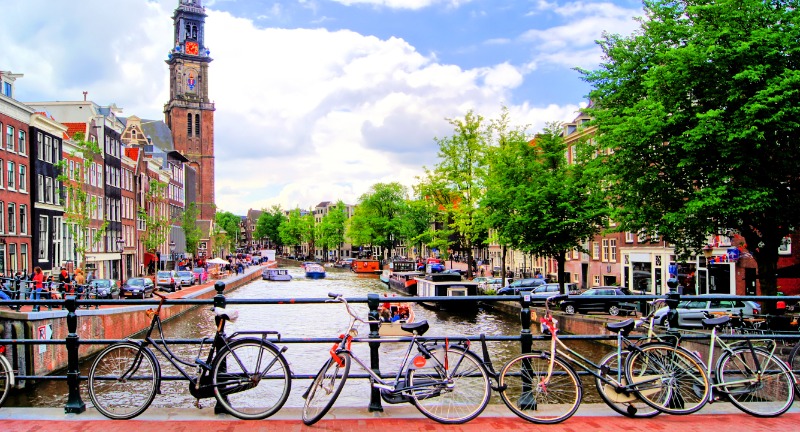
Shutterstock
Europe and the United States share a long history and many cultural connections, but their daily lives often feel worlds apart. From charming cobblestone streets to efficient public transportation, Europe offers unique experiences that might surprise an American visitor. Imagine strolling through bustling outdoor markets, paying for a public restroom, or hopping on a high-speed train to a neighboring country with ease. These differences, woven into the fabric of European life, reflect deep-rooted traditions, distinct priorities, and practical adaptations.
Let’s explore 22 things that are common in Europe but remain largely unfamiliar in the United States, offering a glimpse into the contrasting rhythms of life across the Atlantic.
Public Transportation Efficiency
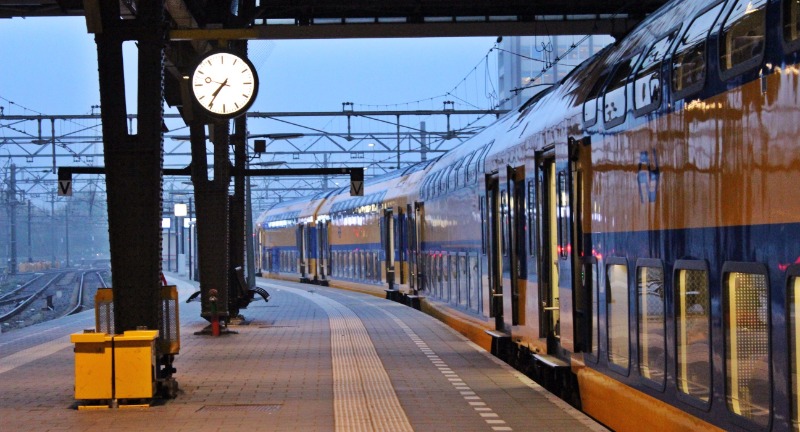
Shutterstock
European cities excel in public transportation, with interconnected systems of buses, trams, and trains that run with remarkable punctuality. In metropolitan hubs like Berlin, Paris, or Zurich, it’s common to rely entirely on public transit, negating the need for a car. This stands in stark contrast to the U.S., where sprawling suburbs and limited transit options often make personal vehicles a necessity. The ease of hopping on a train in Europe to travel across cities or even countries adds to its allure for both residents and visitors.
Metric System
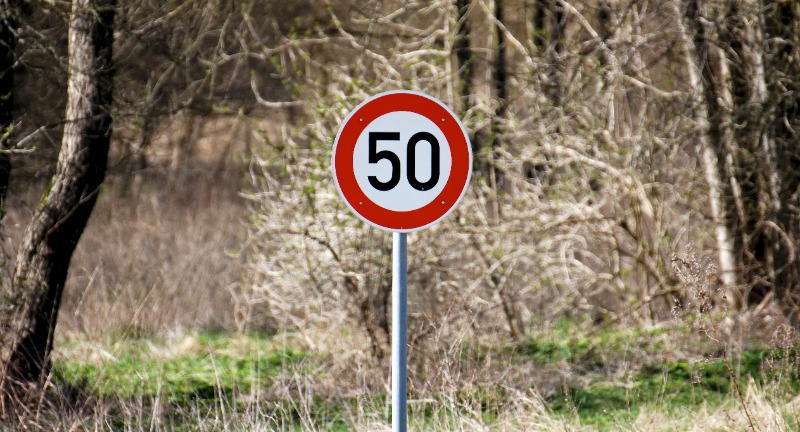
Shutterstock
The metric system is the universal standard in Europe, governing everything from speed limits on highways to the weight of a loaf of bread. For Americans accustomed to miles, pounds, and Fahrenheit, the transition to kilometers, kilograms, and Celsius can be a challenge. This system’s global acceptance highlights its simplicity, especially in scientific and international contexts. The United States remains one of the few countries worldwide still using the imperial system, making conversions a frequent hurdle for transatlantic travelers.
Compact Cars
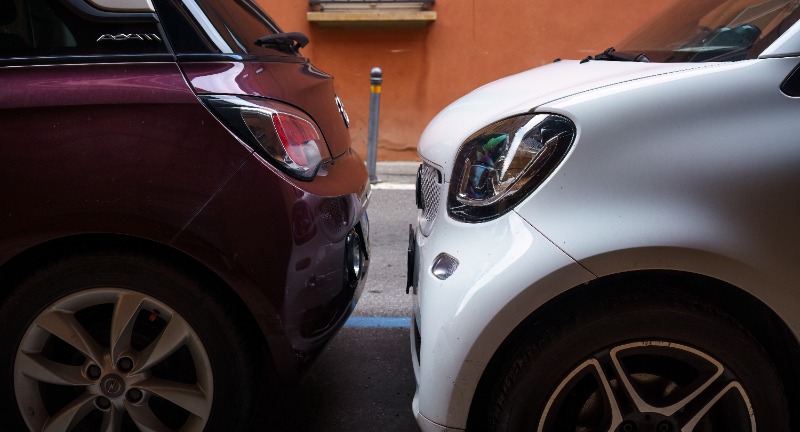
Shutterstock
European streets are filled with compact cars like the Fiat 500 or Volkswagen Polo, designed for tight urban spaces and narrow, winding roads. High fuel costs and stringent environmental regulations further encourage smaller, more fuel-efficient vehicles. In contrast, the U.S. is synonymous with large SUVs and pickup trucks that dominate its expansive highways. The difference reflects not just practical needs but also cultural attitudes toward space and resource consumption.
Paid Public Toilets
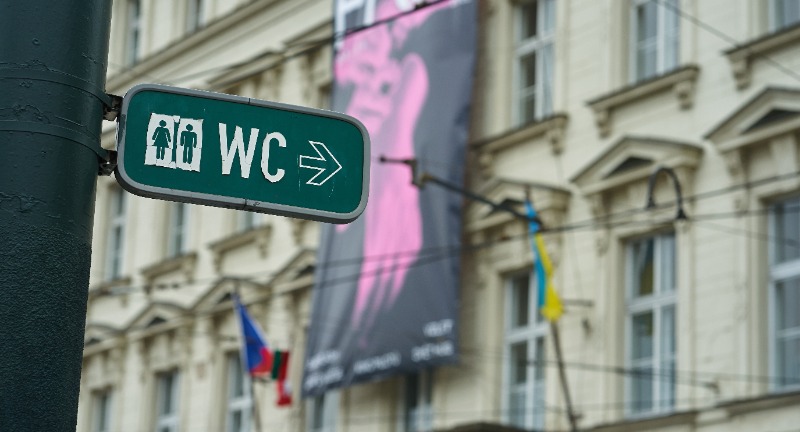
Shutterstock
It’s common in Europe to encounter public restrooms that require a small fee, often ranging from 50 cents to a euro. This payment system ensures cleanliness and maintenance, making these facilities generally more hygienic than their free counterparts in the U.S. While some Americans find this inconvenient, Europeans view it as a fair trade-off for reliable access to clean facilities. Automated turnstiles or attendants at the door are typical features of these restrooms, adding a unique layer of formality to answering nature’s call.
Bicycle Culture
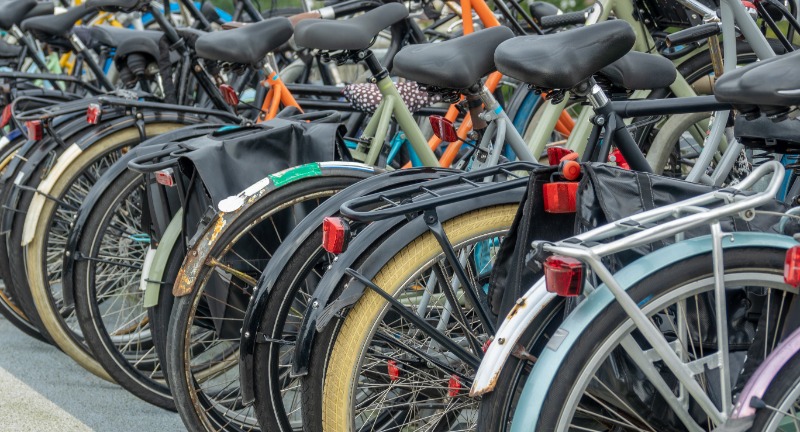
Shutterstock
Cycling is a way of life in Europe, with cities like Amsterdam and Copenhagen serving as global icons of bike-friendly infrastructure. Extensive networks of bike lanes and dedicated signals make cycling safe and efficient for commuters and tourists alike. This contrasts sharply with many American cities, where cycling infrastructure often takes a back seat to car-centric planning. European governments actively promote cycling for its environmental benefits, creating a culture where bikes are as ubiquitous as cars.
Cobblestone Streets
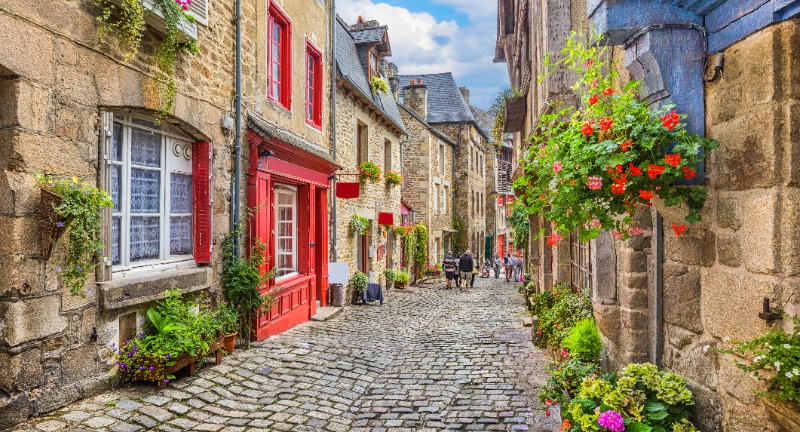
Shutterstock
Walking down a cobblestone street in Europe feels like stepping back in time, with these uneven stones offering a tangible connection to the past. Found in historic city centers, they add character and charm to areas like Prague’s Old Town or Paris’s Montmartre district. Though picturesque, cobblestones can be less practical for vehicles and high heels, yet their preservation underscores Europe’s commitment to heritage. In the U.S., such streets are rare and often limited to small historic districts.
No Tipping Culture
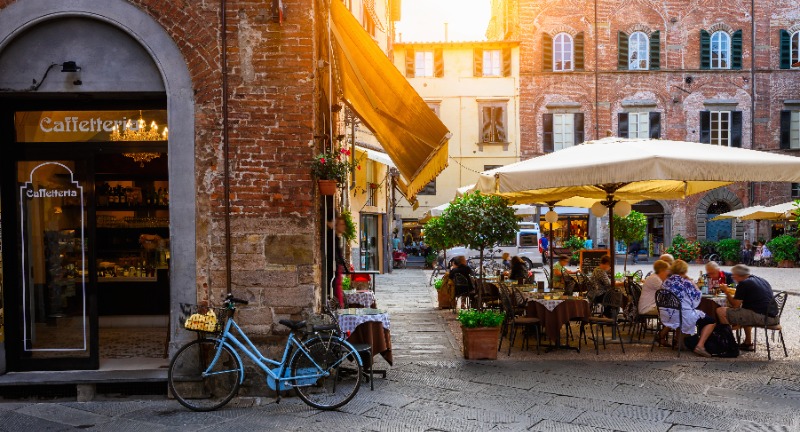
Shutterstock
In Europe, the concept of tipping is straightforward—service charges are often included in the bill, and additional tips are modest. This approach reflects fairer wages for service industry workers, eliminating the pressure on customers to calculate gratuities. In the U.S., where tipping is expected and often constitutes a significant portion of employees’ earnings, the cultural difference can be jarring. Europeans appreciate the simplicity and transparency of knowing exactly what they owe when dining out.
Electric Kettles

Shutterstock
Tea culture reigns supreme in many parts of Europe, making electric kettles a household essential. These appliances quickly boil water for tea, coffee, or instant meals, offering unmatched convenience. While Americans might favor drip coffee makers or microwaves for heating water, Europeans view electric kettles as a must-have. The efficiency of these devices speaks to Europe’s love for simple, functional kitchen tools.
Longer Paid Vacations

Shutterstock
European workers enjoy generous vacation policies, with many countries mandating a minimum of four weeks’ paid leave. This emphasis on work-life balance allows Europeans to travel, spend time with family, and recharge. In the U.S., where vacation time is often limited to two weeks or less, the difference is stark. Europeans see vacations not as a luxury but as a fundamental right that enriches quality of life.
24-Hour Clock
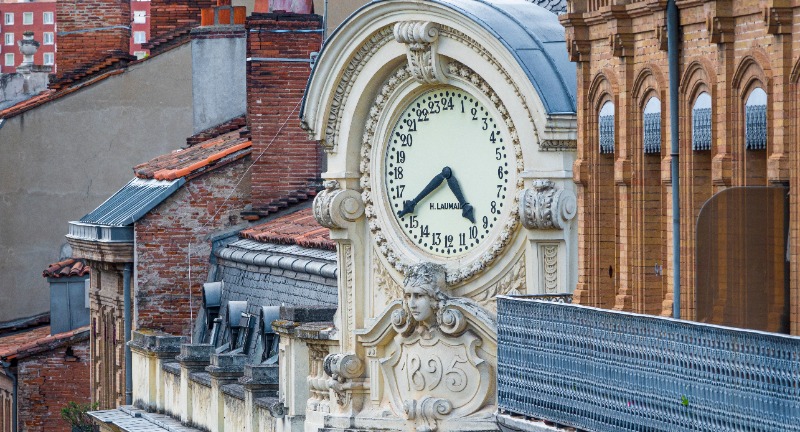
Shutterstock
The 24-hour clock is a standard in Europe, ensuring clear communication of time, especially in professional and transportation contexts. By eliminating ambiguity, it’s easier to distinguish between, say, 5 a.m. and 5 p.m. This system is particularly useful for travelers navigating train schedules or appointments. Americans, more accustomed to the 12-hour format, often need a moment to adjust to “military time.”
High-Speed Trains
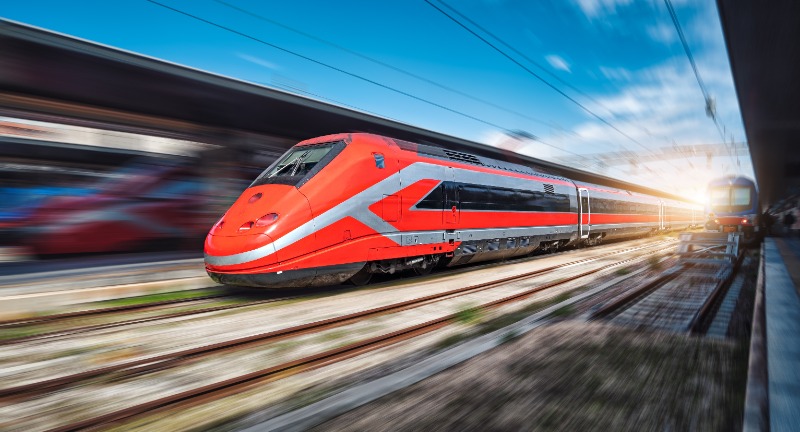
Shutterstock
Europe’s high-speed rail network connects major cities in mere hours, offering a comfortable and efficient alternative to flying. Trains like France’s TGV or Spain’s AVE allow passengers to travel at speeds over 300 km/h while enjoying scenic views. The U.S. lacks comparable infrastructure, with train travel often being slower and less reliable. High-speed rail embodies Europe’s commitment to eco-friendly and accessible transportation.
Small Refrigerators

Shutterstock
European kitchens typically feature smaller refrigerators, reflecting a preference for fresh, daily shopping rather than bulk storage. This lifestyle encourages less food waste and a stronger connection to local markets. In the U.S., where large fridges are the norm, weekly grocery hauls are more common. The difference highlights contrasting approaches to food consumption and storage.
Markets and Fresh Produce

Shutterstock
Open-air markets are a cornerstone of European life, offering fresh produce, artisanal goods, and local specialties. These vibrant hubs serve as more than just shopping venues—they’re places to socialize and connect with the community. While farmers’ markets exist in the U.S., they are less central to daily life. Europe’s markets emphasize seasonal eating and support for local producers.
Church Bells
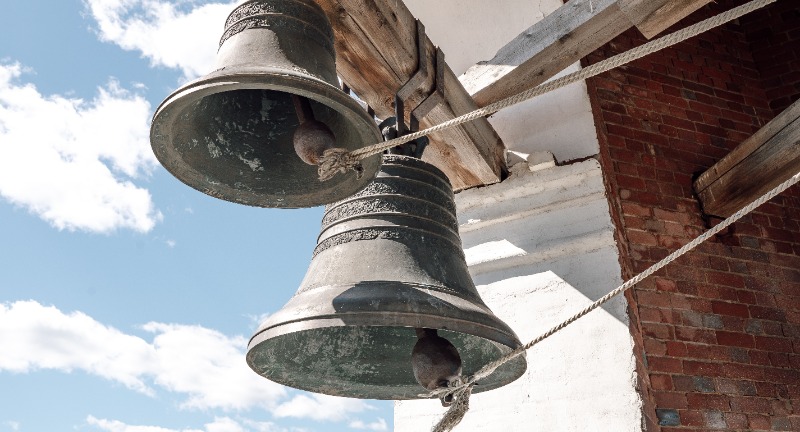
Shutterstock
The melodic chime of church bells is a quintessential part of European towns, marking the passage of time or calling congregants to worship. From the grand cathedrals of Italy to the quaint chapels of Scandinavia, these bells evoke a sense of tradition and rhythm in daily life. Such sounds are less common in the U.S., where modernity often eclipses these traditions. In Europe, church bells remain a cherished auditory symbol of cultural identity.
EU Plug Sockets and Voltage
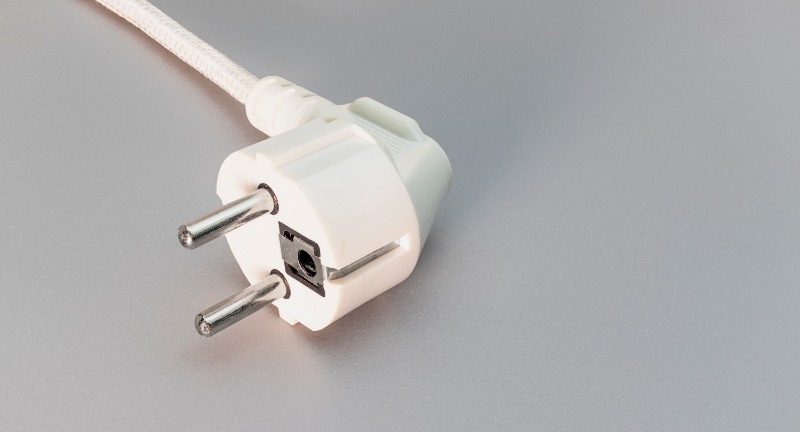
Shutterstock
Traveling in Europe often requires adapters, as the continent uses a distinct plug design and a 220-240V electrical standard. This difference, though minor, can cause inconvenience for travelers unprepared for the voltage incompatibility. The standardized system across most European countries ensures uniformity, unlike the U.S., which operates on 110V. These variations reflect historical and practical choices in engineering.
Passport-Free Travel
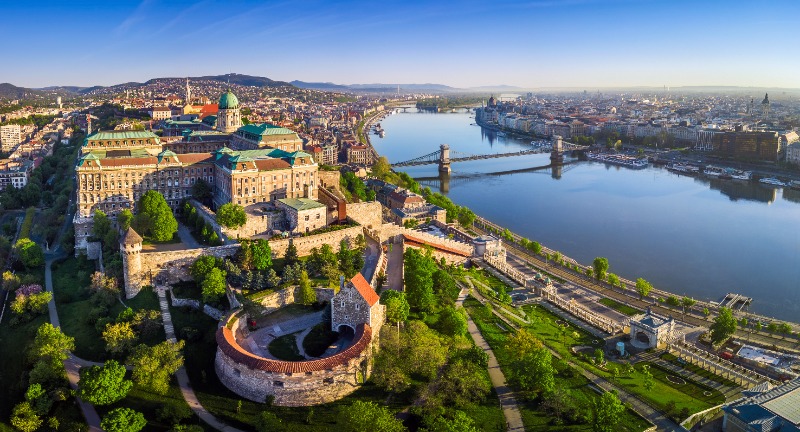
Shutterstock
The Schengen Agreement allows Europeans to travel across numerous countries without showing a passport, fostering seamless mobility. This convenience stands in stark contrast to the U.S., where crossing international borders typically involves thorough checks. It’s not uncommon for Europeans to commute or vacation across multiple countries within a single day. The ease of movement underscores Europe’s integration and interconnectedness.
Regional Foods

Shutterstock
European cuisine celebrates regional specialties, with each area boasting unique dishes that reflect local culture and ingredients. From Italian risotto to German bratwurst, food is an essential part of a region’s identity. The U.S., while diverse, often emphasizes standardized fare over regional distinctiveness. Europe’s culinary traditions are deeply tied to its sense of place and history.
Healthcare Accessibility

Shutterstock
Europe’s universal healthcare systems prioritize affordability and accessibility, often funded through taxes. This starkly contrasts with the privatized U.S. model, where healthcare costs can be prohibitively high. Europeans generally face fewer financial barriers to receiving medical care, fostering greater overall health equity. The system reflects a societal commitment to well-being as a collective right.
Open-Air Cafés

Shutterstock
Sitting at an open-air café in Europe is a leisurely experience, blending scenic surroundings with the pleasures of food and drink. These spaces encourage long conversations and relaxed meals, embodying the continent’s slower pace of life. In the U.S., dining out is often more hurried, with less emphasis on enjoying the environment. Europe’s café culture fosters community and connection.
Pedestrian-Only Zones
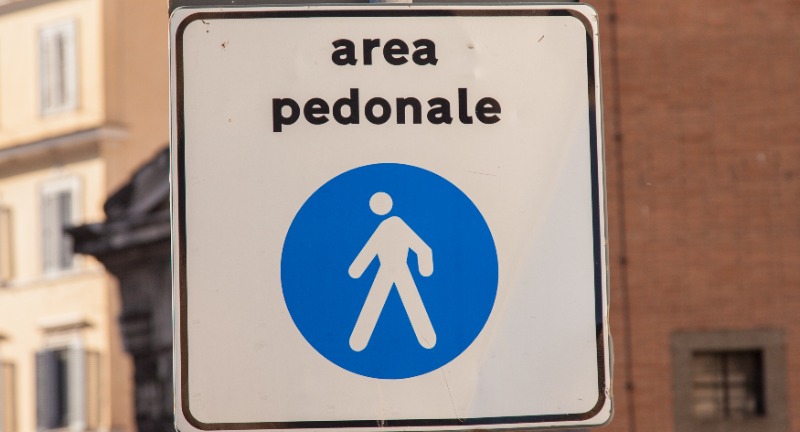
Shutterstock
European cities frequently designate entire streets or neighborhoods as pedestrian-only, creating car-free areas that prioritize walkers and cyclists. These zones, found in cities like Florence and Vienna, are hubs of activity and socialization. By contrast, U.S. urban planning often prioritizes vehicle access, making such zones less common. Europe’s pedestrian-friendly design promotes health, safety, and environmental sustainability.
Apprenticeships

Shutterstock
In Europe, apprenticeships provide practical pathways to careers, blending on-the-job training with education. Countries like Germany and Switzerland have robust programs that prepare young people for skilled trades. In the U.S., higher education is often the default route, with fewer formal apprenticeship opportunities. Europe’s emphasis on vocational training reflects its commitment to workforce development.
Cultural Preservation
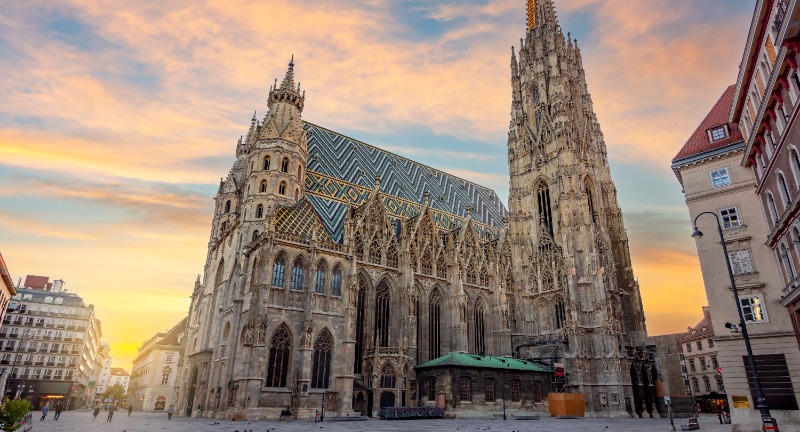
Shutterstock
Europe takes pride in preserving its cultural heritage, from ancient buildings to traditional festivals. Historic landmarks are carefully maintained, often becoming central to a city’s identity. In the U.S., rapid modernization can sometimes overshadow efforts to preserve the past. Europe’s dedication to cultural preservation ensures its rich history remains alive for future generations.
Conclusion
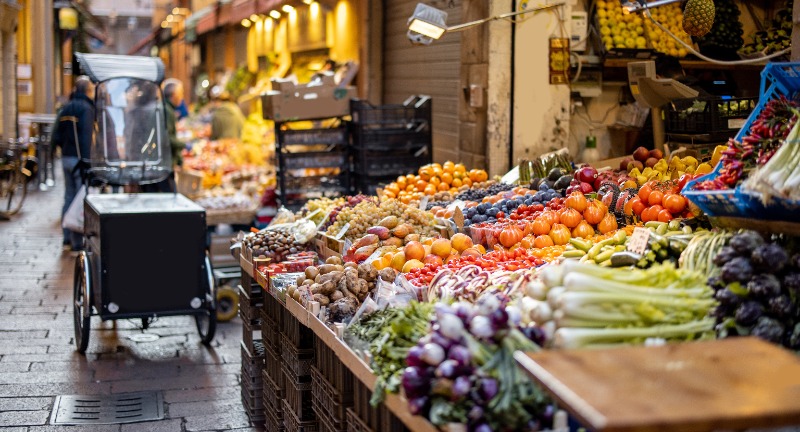
Shutterstock
The differences between Europe and the United States reveal how culture, history, and geography shape the way people live. From everyday habits to broader societal norms, these unique features of European life highlight a distinct approach to community, tradition, and sustainability. While neither is inherently better, understanding these contrasts offers a fresh perspective and appreciation for alternative ways of living. Whether it’s the charm of a roundabout or the simplicity of an electric kettle, these differences remind us of the richness and diversity in how people navigate their world.
More From Bon Voyaged
-


The Earth Now Has a Fifth Ocean!
-
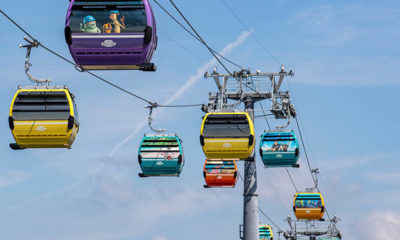
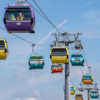
Disney World’s New Skyliner Closed Following Malfunction
-
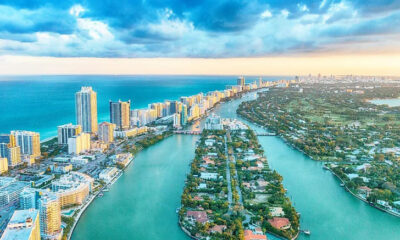

Miami Named Bon Appétit’s 2023 “Food City of the Year”
-
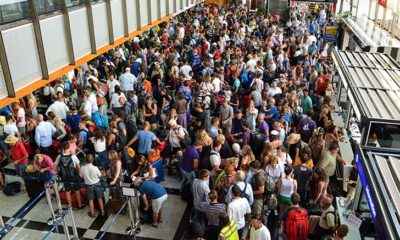

AAA Predict Record Number of Americans Will Travel Over the…
-
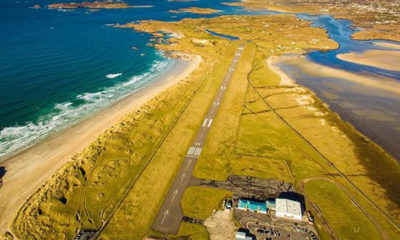

The Top Ten Most Scenic Airports in the World
-


This Island Nation is Offering Tourists Free Visas
-
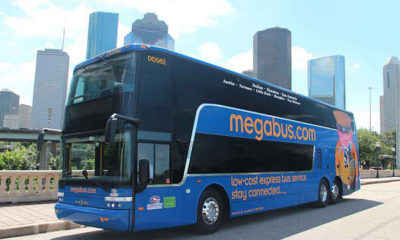
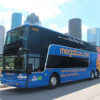
Megabus Offering Free Tickets on Cyber Monday
-

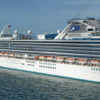
Two Diamond Princess Passengers Die From Coronavirus
-


Looking for Candy Overload? Check Out These Top 20 Cities…
-
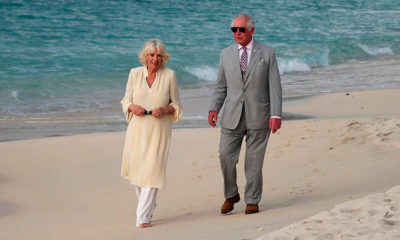

Prince Charles Makes History With Visit to Cuba
-
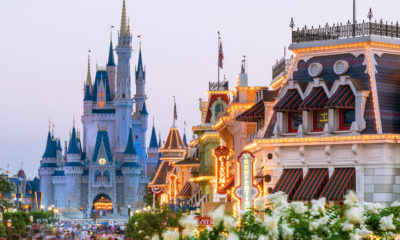

Cook Up Some Magic With This Disney Park Favorite
-


Surfrider Wants Everyone to Head to the Beach on June…

